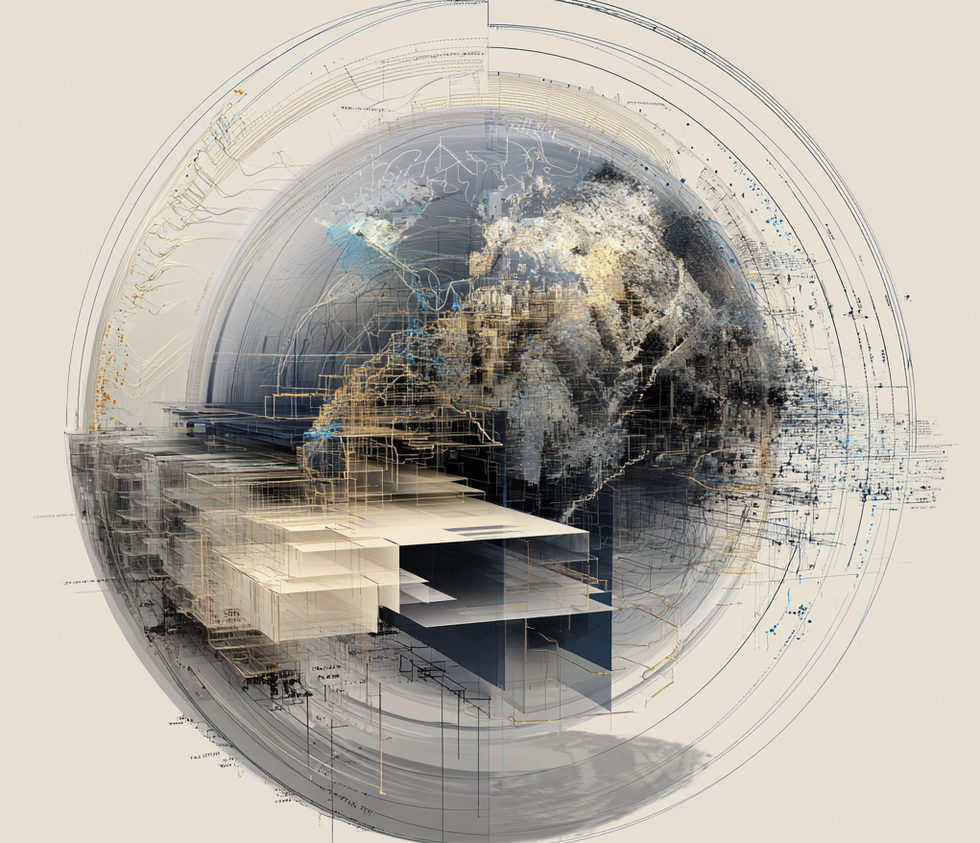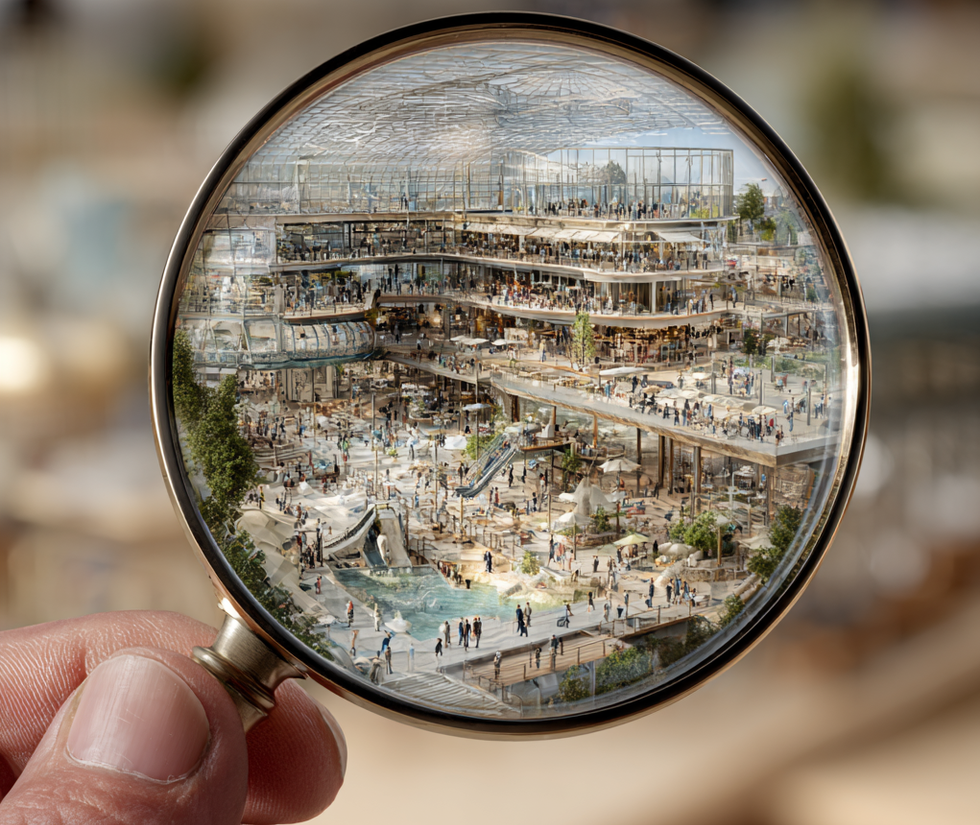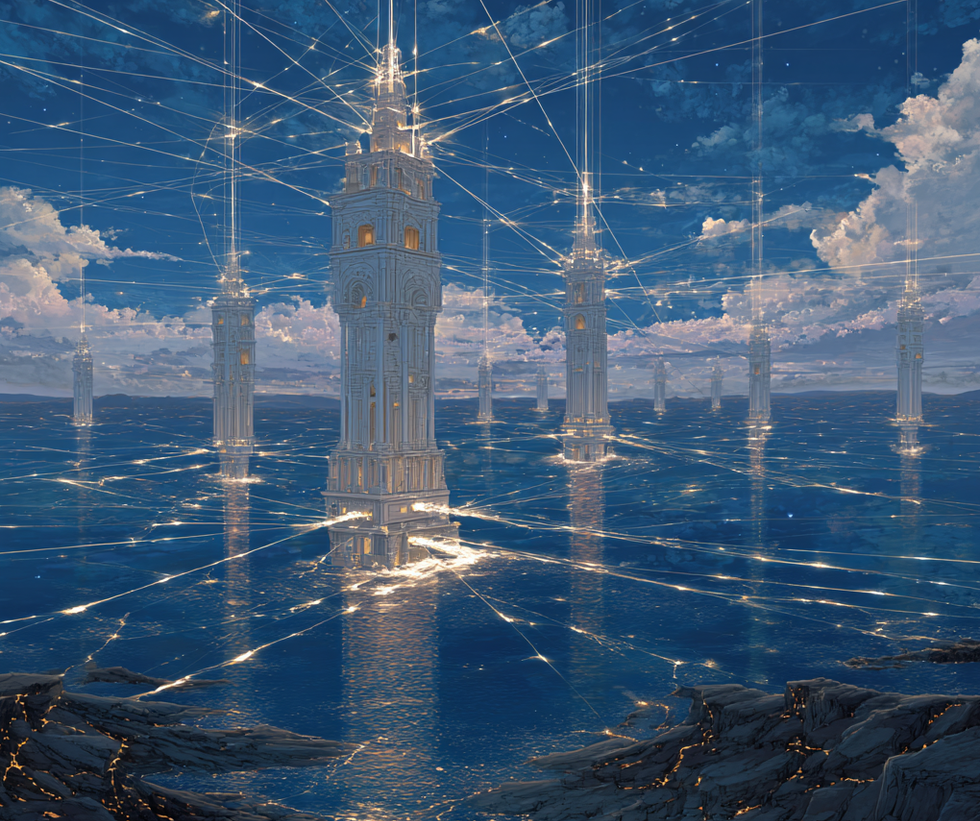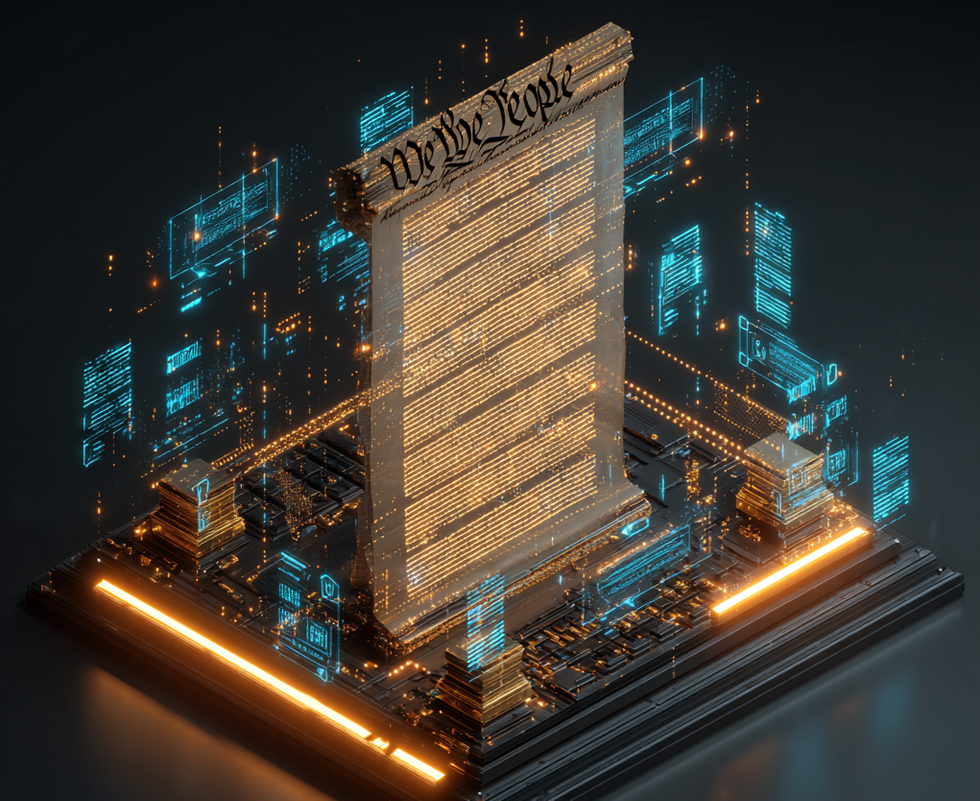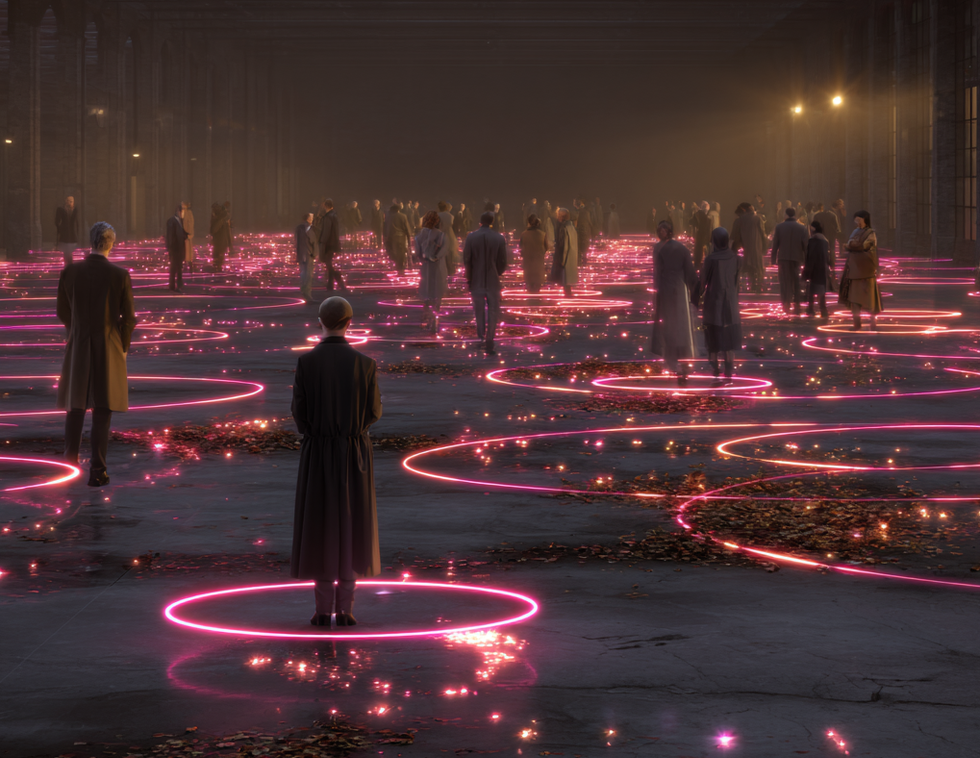By Lou Pizante, The Experientialists
Here’s a question: What if your senses have been holding out on you this whole time? What if your eyes and ears have been conspiring behind your back, refusing to tell you that sound can be seen, light can be felt, and your body is just one big drum waiting to be played by frequencies you didn’t even know existed?
Multisensory immersive experiences
Welcome to the world of multisensory immersive experiences, where reality is optional, and synesthesia—the brain’s delightful inability to keep sensory input in its proper lanes—is king.
Synesthesia, for the uninitiated, is what happens when the senses throw a wild house party and forget who brought what. Some people taste numbers. Others hear colors. The rest of us are stuck in the default settings of reality, trudging through life with neatly categorized senses like a bunch of unimaginative chumps.
But what if we could hack that? What if we could force our brains to misfire in glorious, perception-warping ways? What would that world look like? Enter Chromasonic, The Hum, and Lum, three experiences designed to trick, coax, and lovingly shove us into sensory confusion and, quite possibly, enlightenment.
Chromasonic: your level-up to futuristic monk
Even if you close your eyes, the colors refuse to fade—vibrating behind your eyelids, woven into the sound that seems to move through your bones, slightly untethering you from space-time.
Somewhere between a sensory deprivation tank and the Big Bang, Chromasonic (pictured, top) invites you to dissolve into a field of light and sound, gently reformatting your mind like a meditative software update—leaving you profoundly present and flirting with transcendence.
With tens of thousands of guests (including your author ) already reporting transformative shifts—ranging from deep introspection to full-blown existential bliss—Chromasonic proves that a well-placed frequency can do what years of yoga only promise.
"Art becomes a force for progress when fused with technology,” says Chromasonic co-founder and head of art, Johannes Girardoni.
“By linking light and sound, we create a space where we become fully aware of the liminal threshold between the physical world we share and the inner space through which we connect to ourselves. In that space of deep presence, the transformative power of expanded perception becomes accessible.”
Scientists studying Chromasonic have found it doesn’t just calm people down—it rewires brain activity. We’re talking measurable reductions in anxiety, increased mindfulness, and even altered time perception. That’s right: this thing literally bends time in your mind.
And yet, no one here is tripping on ayahuasca in the jungle. They’re just lying on the floor, eyes and mind wide open, marinating in color and sound like sentient mood rings.
The Hum: your brain on bass
The Hum takes sound and removes the unnecessary step of listening—because sound isn’t just what we hear, it’s what we feel.
You sink into the experience, and the vibrations take hold—not just in your ears but in your chest, your spine, and the spaces between your thoughts.
The chair cradles you in zero gravity, a weighted blanket settles over you, the bassline moves through your bones, and for a brief, perfect moment, you dissolve into pure frequency. And when it ends—when the vibrations dissipate and the world outside returns—you realize you’ve been somewhere else entirely, and that, for the first time in a long time, you actually feel here.
“It has been an incredible journey witnessing how deeply people connect with The HUM,” says Gen Cleary, founder and CEO of Sound Connective, creator of The HUM. “The testimonials continue to inspire us.”
What is the best way to explain how The Hum works? A sonic chiropractic adjustment for your soul.
Multisensory experiences for the soul
And it’s based on a simple but underappreciated fact: sound is just vibration, and your entire body is a giant membrane that perceives those vibrations whether you realize it or not.
The Hum cranks vibroacoustic therapy up to eleven, flooding your system with low-frequency waves until your mechanoreceptors—those tiny nerve endings that usually spend their time complaining about bad posture and the creeping realization that you need a new mattress—collectively sigh in relief.
Our mission is to bring immersive experiences to the masses that harness the power of sound—bridging ancestral vibrational practices with modern technology.
As the frequencies settle into your bones, your parasympathetic response (a.k.a. your nervous system’s chill mode) takes over, melting stress, untangling tension, and briefly convincing your brain that, for once, everything is absolutely fine.
It’s like rolling a high-tech sound bath, a shamanic drum ritual, and a cosmic tuning fork into one gloriously packed, slow-burning doobie of transcendence—lit up and delivered straight to your nervous system in a haze of vibrating bliss.
“Our mission is to bring immersive experiences to the masses that harness the power of sound—bridging ancestral vibrational practices with modern technology,” says Cleary. “We firmly believe that the entire body can function as a giant ear, allowing us to fully absorb and benefit from frequencies that have the power to heal, unite, and transform—and beyond.”
Who knew surrendering to good vibrations is a surprisingly effective life hack?
Lum: A multisensory meditation
Here, step forward, and the world shifts—not away, but inward. The air hums with color, as if the light itself is waiting for you to arrive.
LUM is a meditation in motion, a slow unraveling of color and sound that guides you through layers of introspection, painting your senses with rhythm and glow, until presence itself feels illuminated. And when it ends—when the last shimmer fades and the world outside returns—you feel lighter, as if you left something behind, or maybe just made space for something new.
The creation of Josue Ibañez and Gil Castro, a duo who clearly looked at ordinary life and said, “Not enough lasers,” this multisensory experience is a cathedral to neuroart: an immersive narrative crafted through projection mapping, volumetric displays, and—because subtlety is for cowards—an array of 3D LED sculptures designed to make you question whether you’re still in this dimension.
An emotional shortcut
"What I found interesting about LUM was something a friend once asked me—how would I explain to my child what I feel when I meditate?” says Ibañez, who apparently has a deep and unnatural understanding of how light spectra and sound frequencies mess with human perception.
“I’d say LUM is like an emotional shortcut to that state. And that’s what experiences like this have the power to create."
And who doesn’t want that? It’s essentially meditation without the hassle of self-discipline.
How does it work? Each room in LUM is a meticulously engineered neurological playground, where photic entrainment synchronizes brainwave activity, multisensory integration tricks the senses into cross-wiring, and awe-induced cognitive shifts momentarily rewire your perception of time and self-awareness.
That's all wrapped in a hypnotic glow that gently convinces your brain to drop its existential baggage, question reality, and maybe join a cult (but like, a really chill one). By the end of it, people report sensations of euphoria, altered time perception, and—this is a direct quote—"a feeling of floating between dimensions.”
Multisensory experiences: why is this happening to our brains?
If these multisensory experiences sound like psychedelic trips, it’s because they are—minus the drugs. Neuroscience has shown that exposure to synchronized light and sound patterns can trigger altered states of consciousness by influencing brainwave activity.
Chromasonic, The Hum, and Lum all take advantage of this, bombarding the senses with coordinated input to push participants into new perceptual states.
Our sensory experiences with art, music, and movement are not frivolous. They are essential to our ability to think, feel, and connect with the world.
Turns out, getting lost in immersive art isn’t just a fun way to disassociate—it’s biologically essential. As Ivy Ross puts it in Your Brain on Art: How the Arts Transform Us:
"Our sensory experiences with art, music, and movement are not frivolous. They are essential to our ability to think, feel, and connect with the world." So if you walk out of these experiences feeling like you briefly touched the fabric of the universe, congratulations—that was just your brain doing exactly what it evolved to do.
It’s all rooted in neuroplasticity, the brain’s ability to rewire itself in response to new stimuli. Studies on synesthesia suggest that most of us actually have the capacity to experience sensory crossover, but our brains have spent years compartmentalizing our senses to keep things orderly.
These installations disrupt that order in the best way possible, forcing a cognitive remix that allows people to hear light, feel sound, and momentarily become one with the cosmos (or at least the subwoofers).
The creators of these multisensory experiences are not making something new—they’re undoing years of neural gatekeeping, reminding your brain it wasn’t built for spreadsheets and fluorescent lighting; it was built for this.
Are we about to unlock god mode for our senses?
What should we make of this sensory conspiracy? We spend so much time curating reality that we forget to experience it. Or, as 40 Rock ’s Tracy Jordan masterfully put it: “I lost my mood ring. I don't know how I feel about that.”
But what if, instead of just arranging our senses into a pleasing grid, we cracked them open. We let them bleed into each other—sight becoming touch, sound becoming color, perception becoming something bigger than the sum of its carefully categorized parts?
Chromasonic, The Hum, Lum and other such examples prove that multisensory experiences aren’t just art. They’re tools for altering perception, improving mental states, and possibly unlocking latent brain functions we didn’t even know we had.
And with advances in neuroscience and technology, this is just the beginning. Future installations could be even more tailored to individual brain activity, adjusting light and sound frequencies in real time to optimize cognitive and emotional responses. Imagine an experience that knows what your brain needs before you do, fine-tuning reality like a DJ tweaking a soundboard.
In the meantime, if you have the chance to visit any of these installations, do it. Your senses will thank you. Your brain might panic for a second, but once it figures out what’s happening, it’ll thank you too.
And who knows? You might leave seeing music, tasting colors, or—at the very least—feeling a little more in tune with the weird, wonderful sensory chaos of being human.
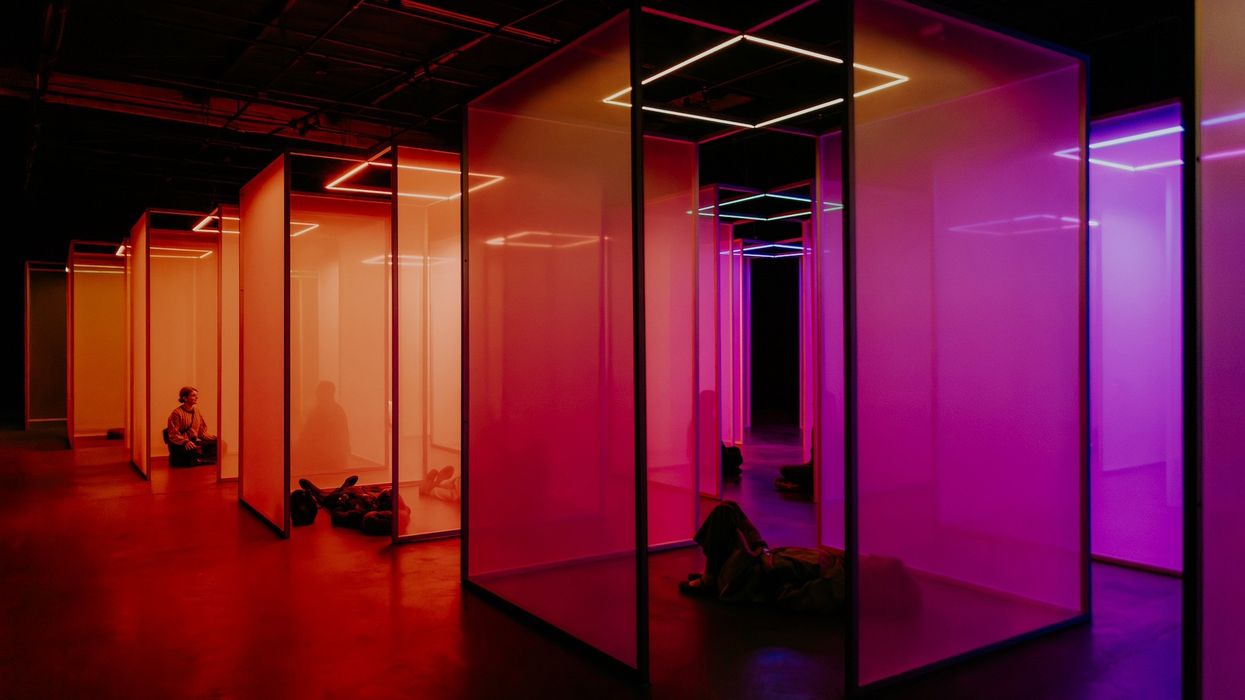

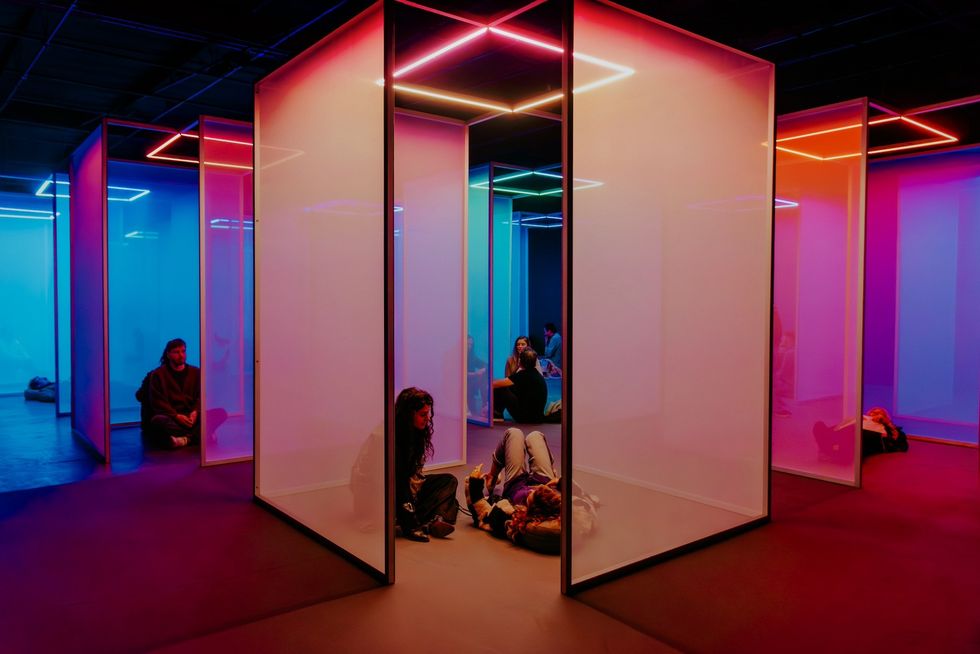

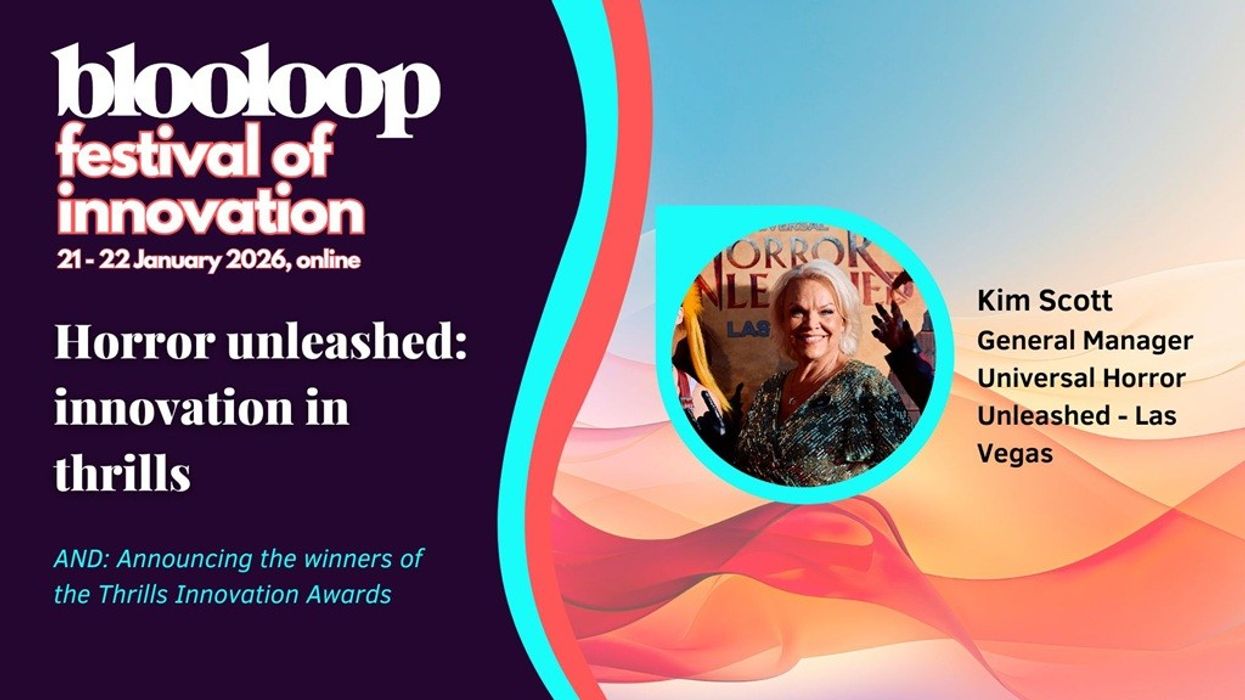
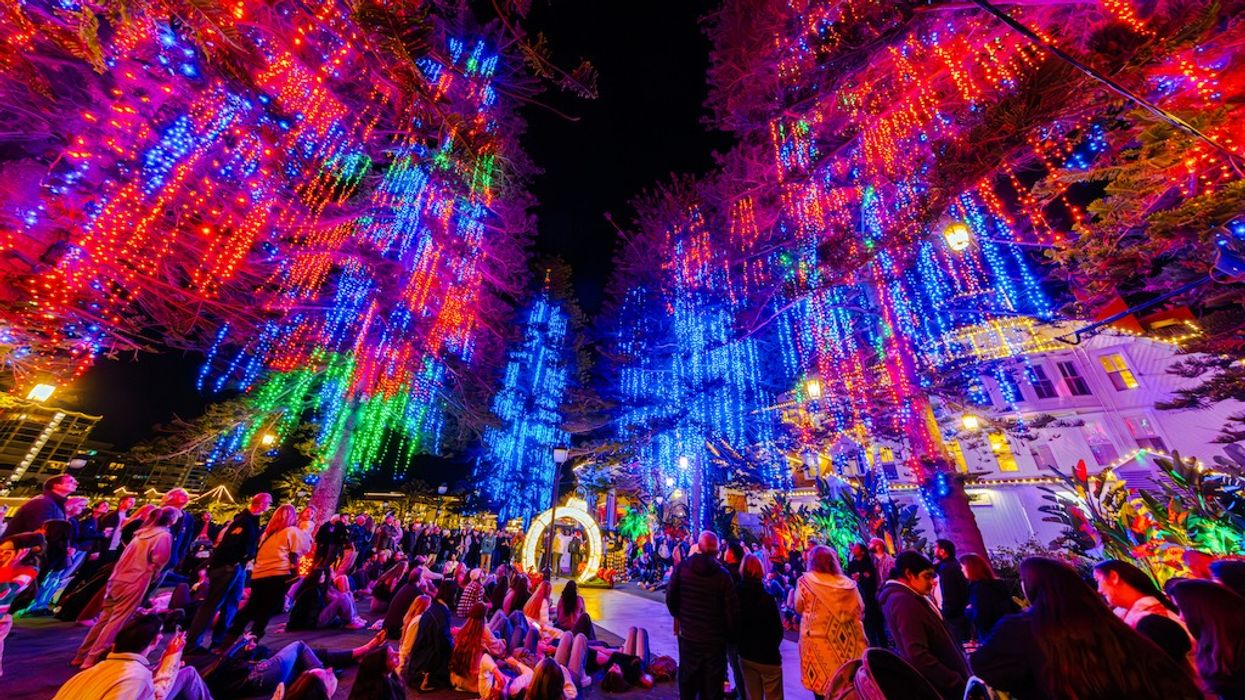

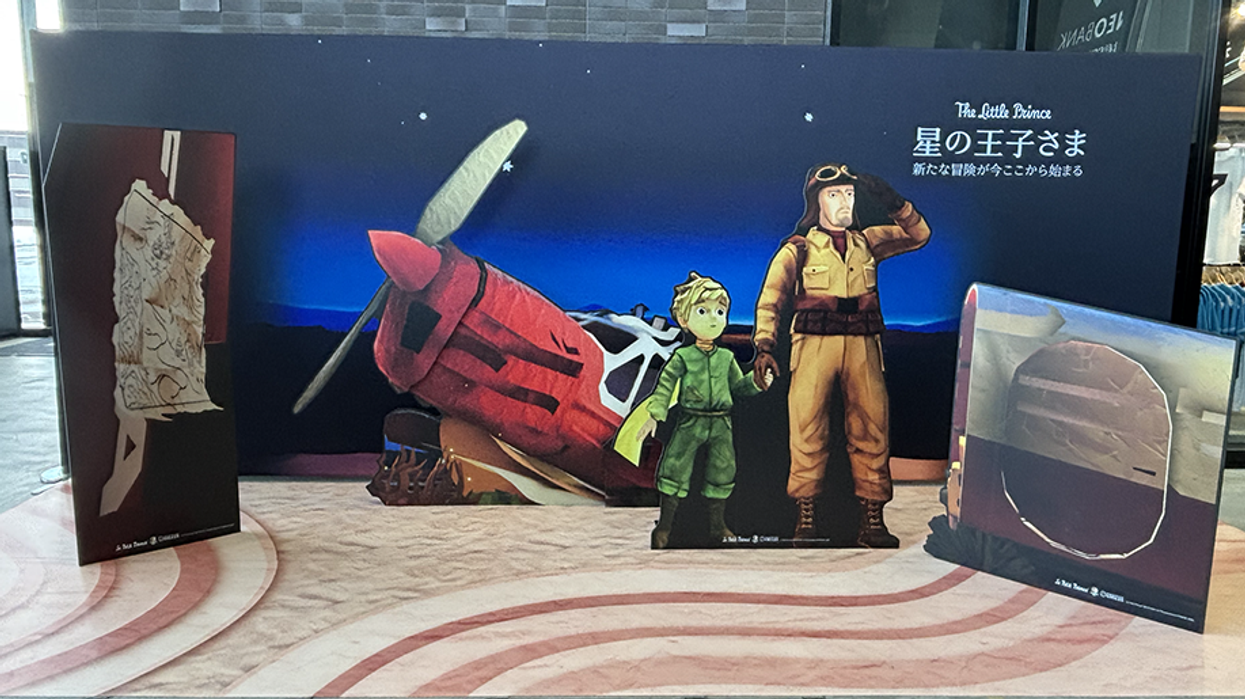
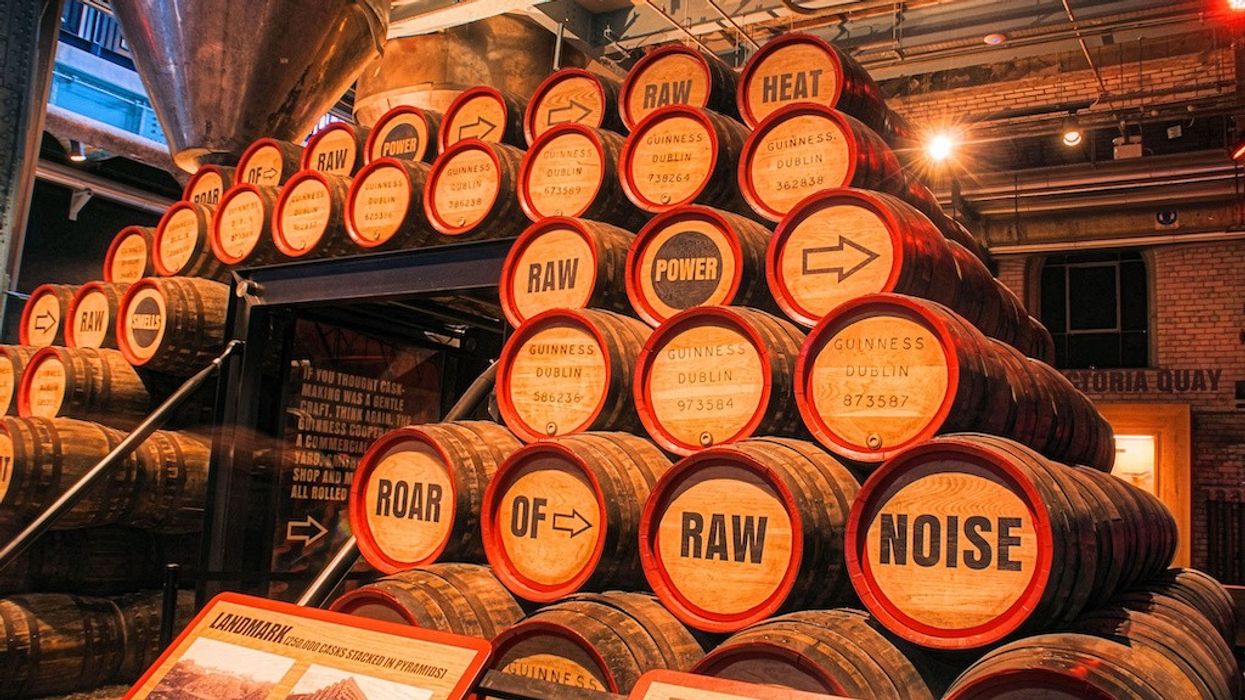
 Christian Lachel, chief creative officer, BRC Imagination Arts
Christian Lachel, chief creative officer, BRC Imagination Arts  Image credit AA+W - stock.adobe.com
Image credit AA+W - stock.adobe.com Chocoversum Image credit Sebastian Fuchs
Chocoversum Image credit Sebastian Fuchs 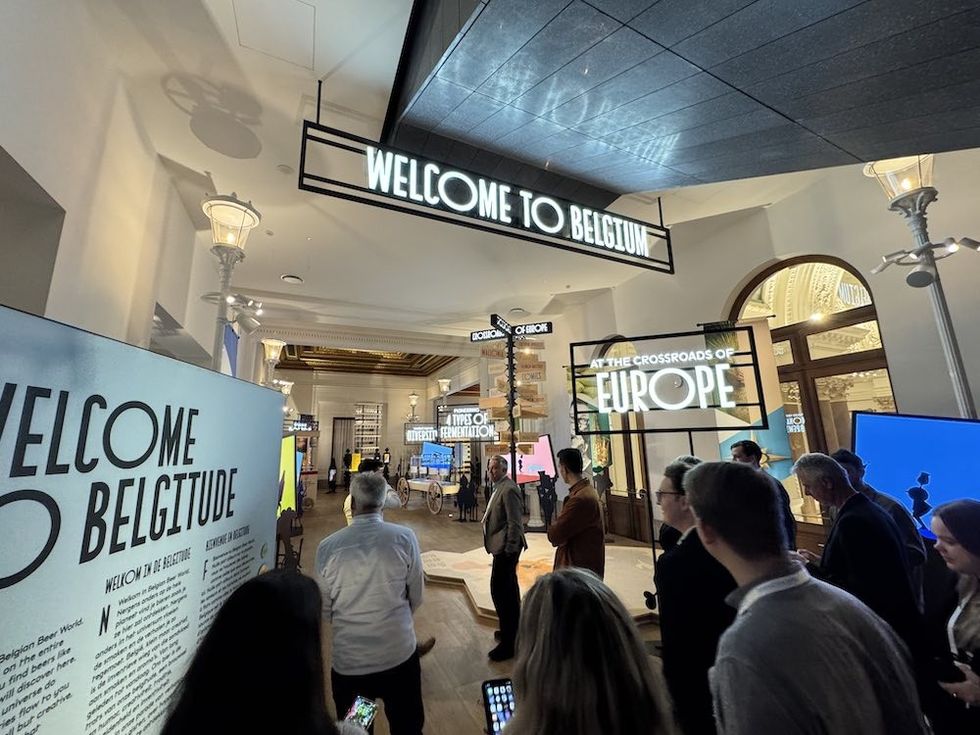 Belgian Beer World
Belgian Beer World 





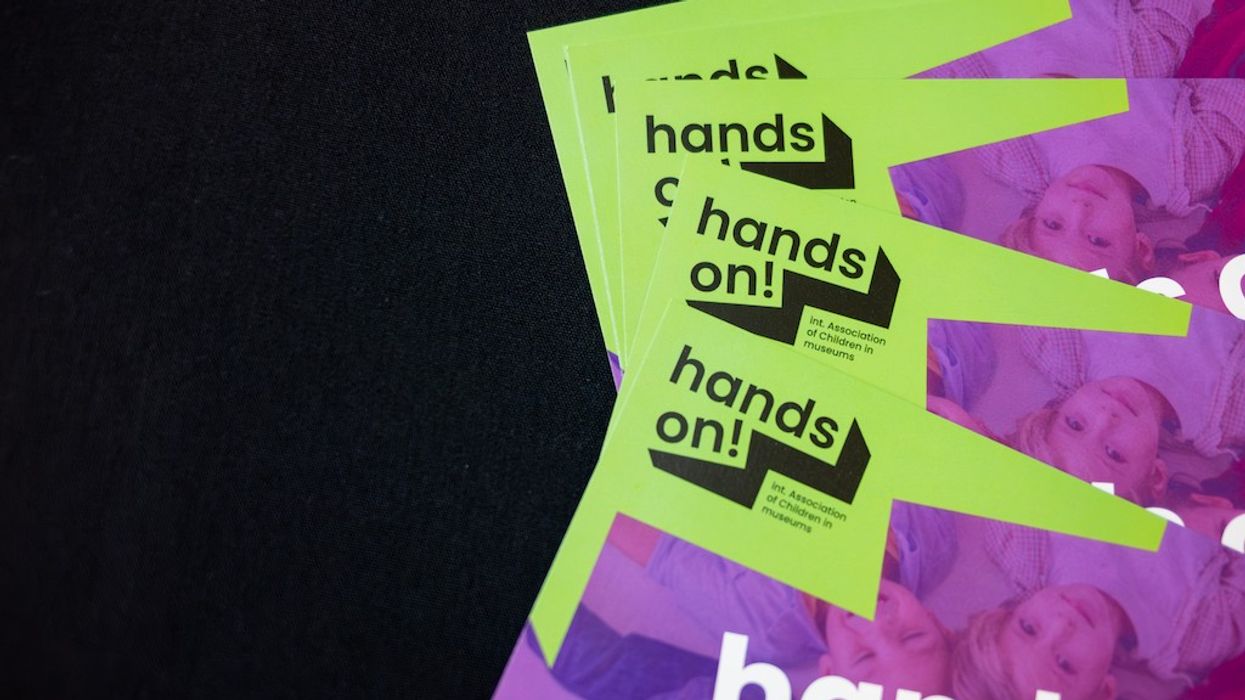
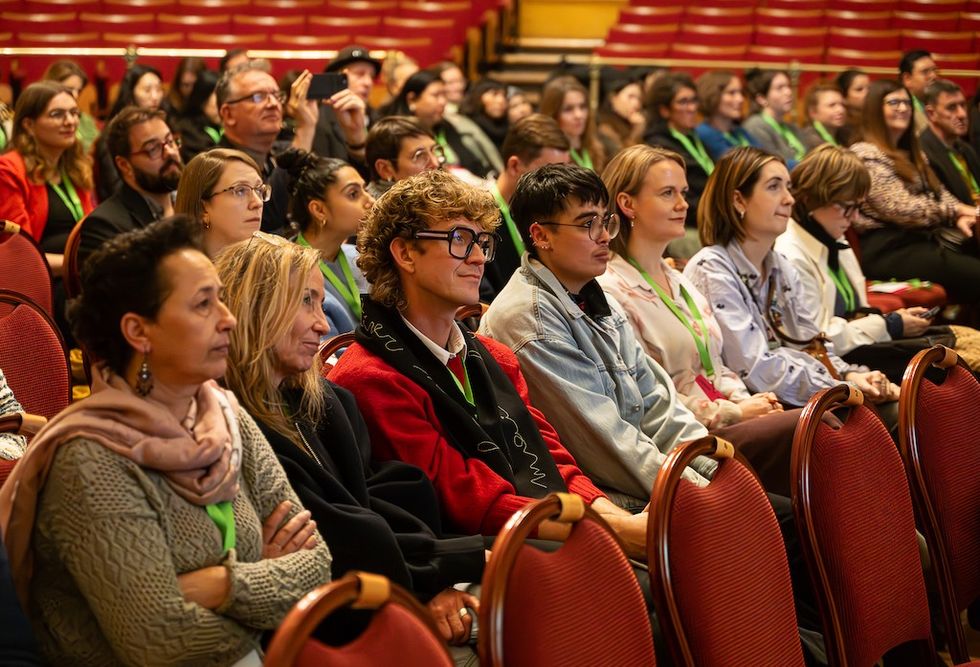
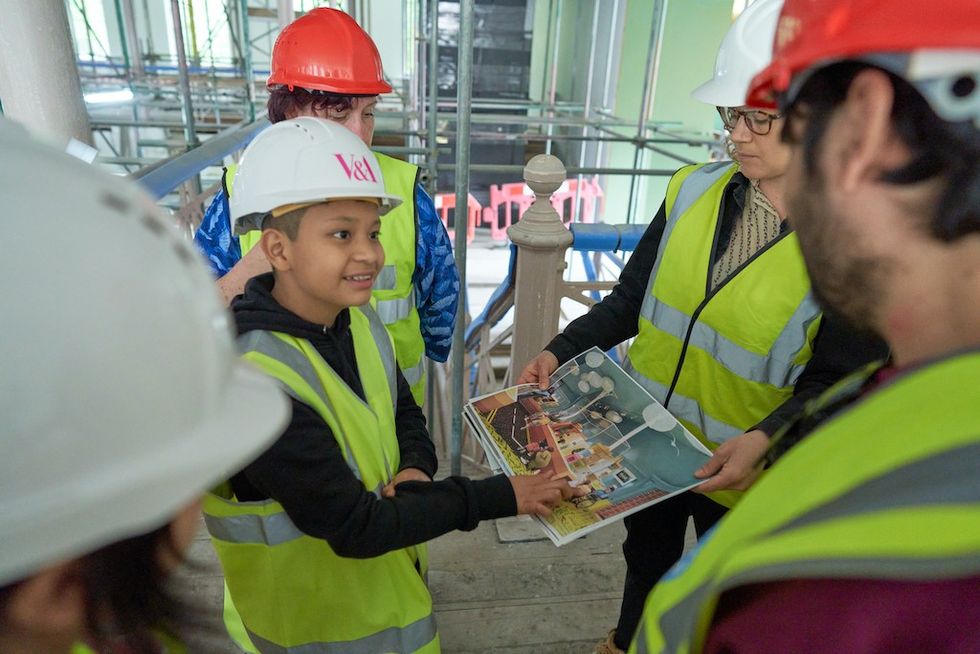 Young V&A Youth Collective members have a tour of the Young V&A construction site. Image courtesy of Young V&A.
Young V&A Youth Collective members have a tour of the Young V&A construction site. Image courtesy of Young V&A. 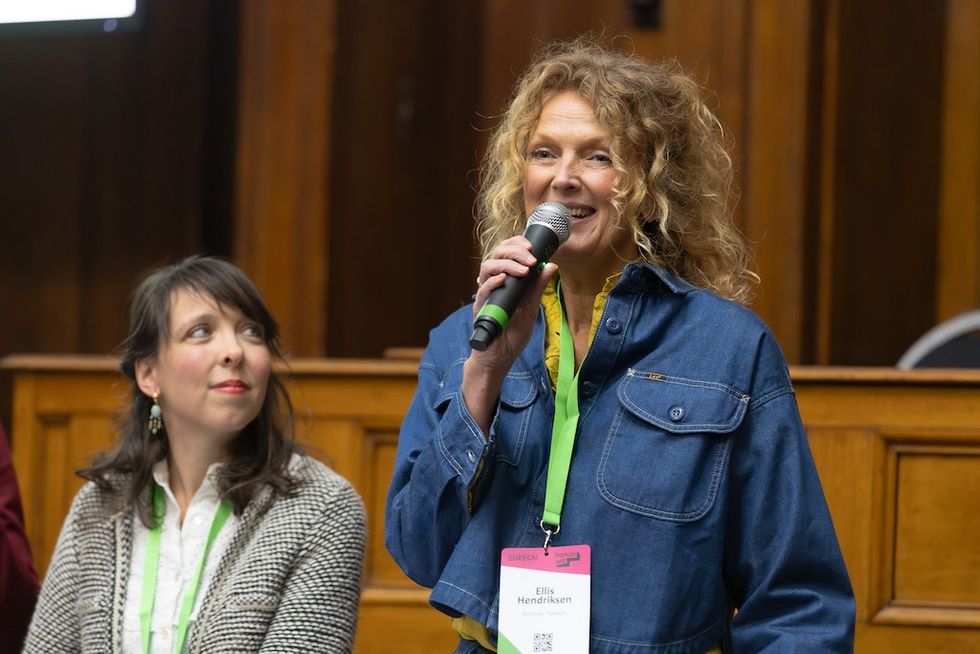 Floriane Perot and Ellis Hendriksen
Floriane Perot and Ellis Hendriksen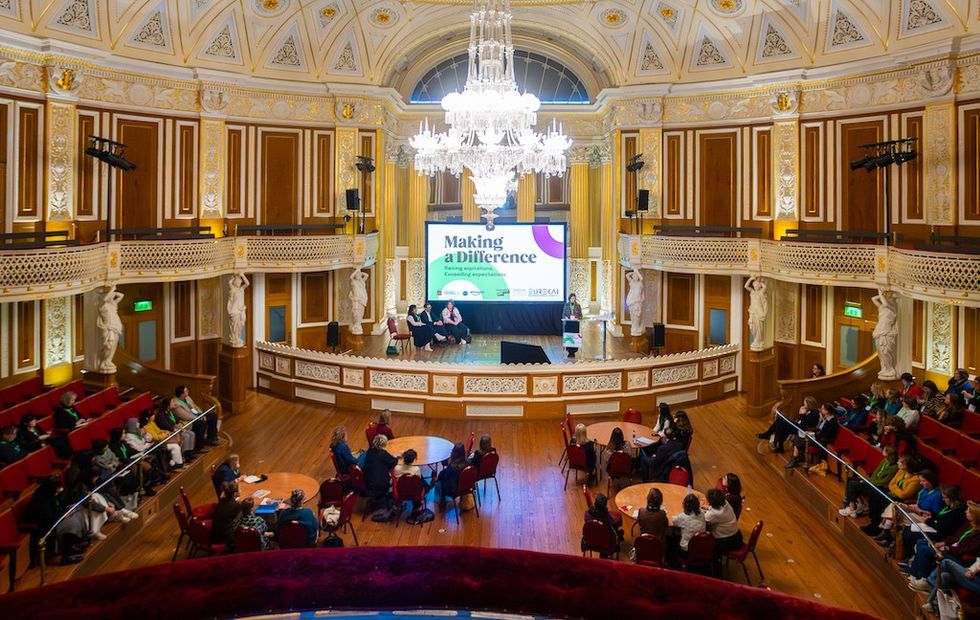
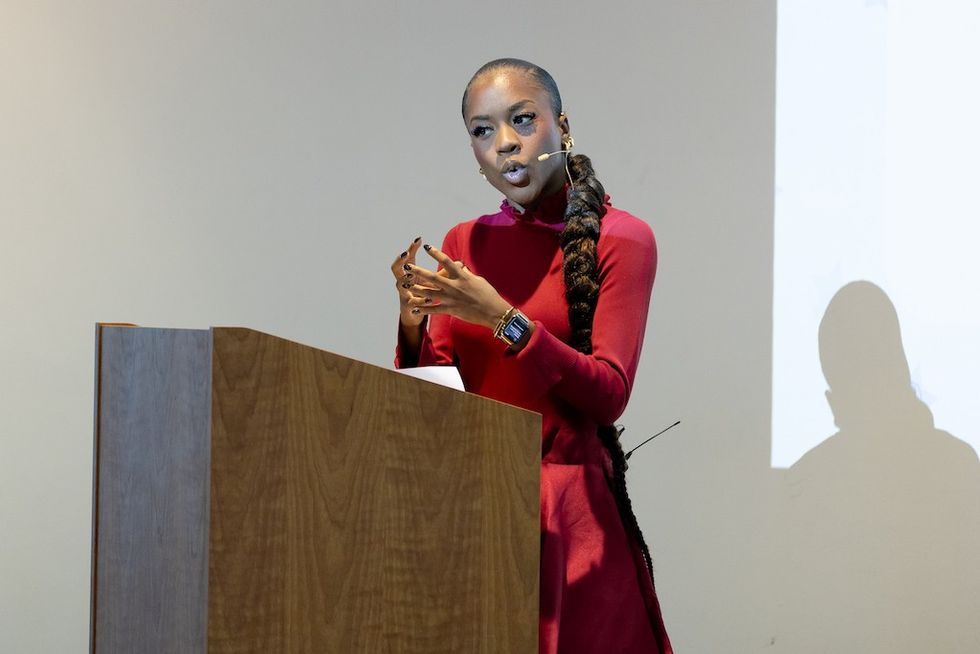 Amber Ogunsanya-William
Amber Ogunsanya-William Tumblestone Hollow adventure playground by CAP.CO
Tumblestone Hollow adventure playground by CAP.CO  Ghaleya Al Mansoori
Ghaleya Al Mansoori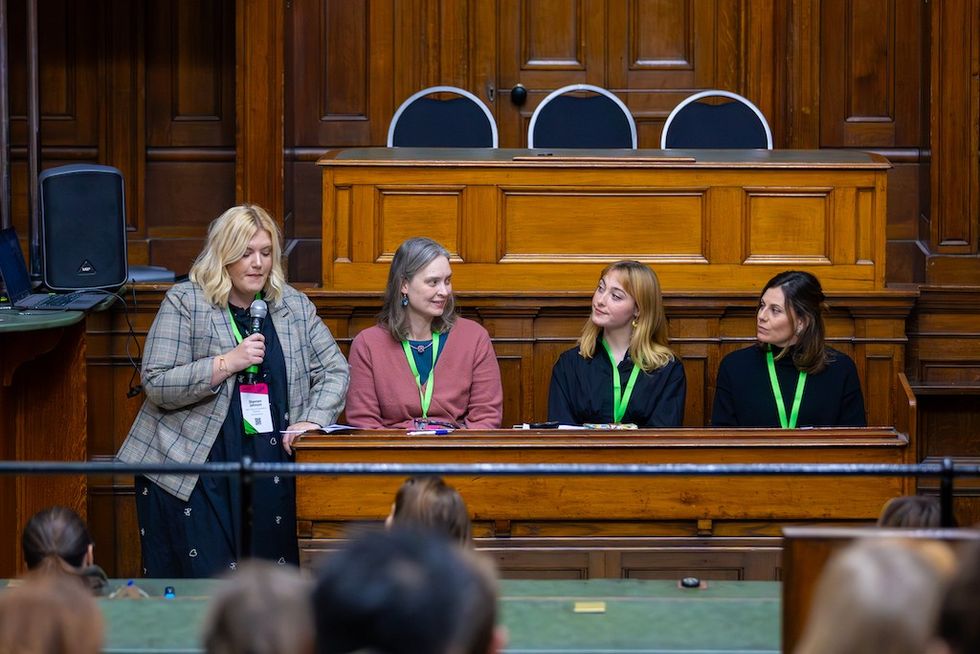
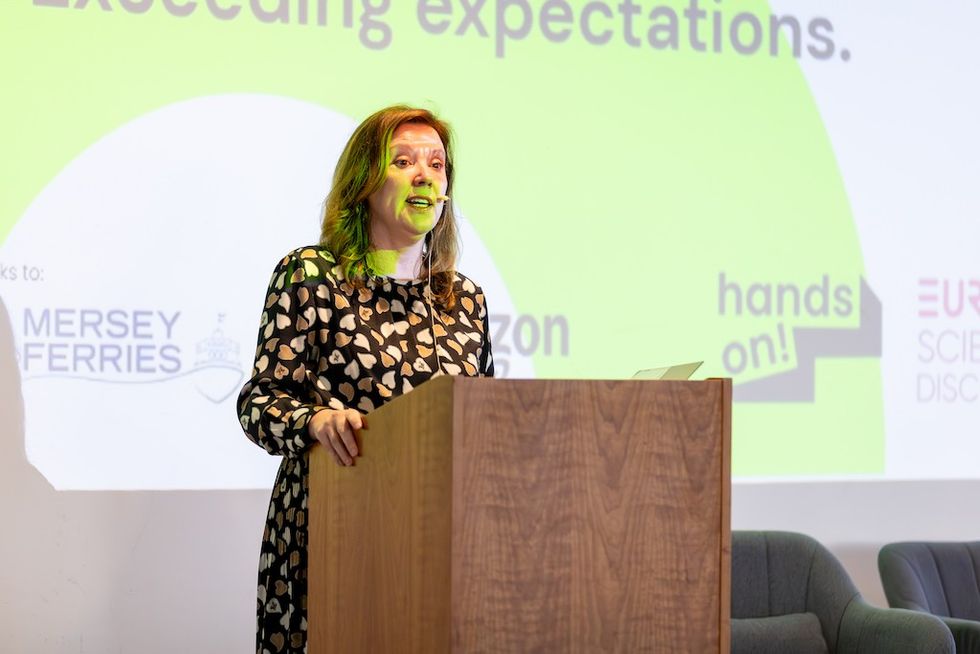 Dame Rachel de Souza
Dame Rachel de Souza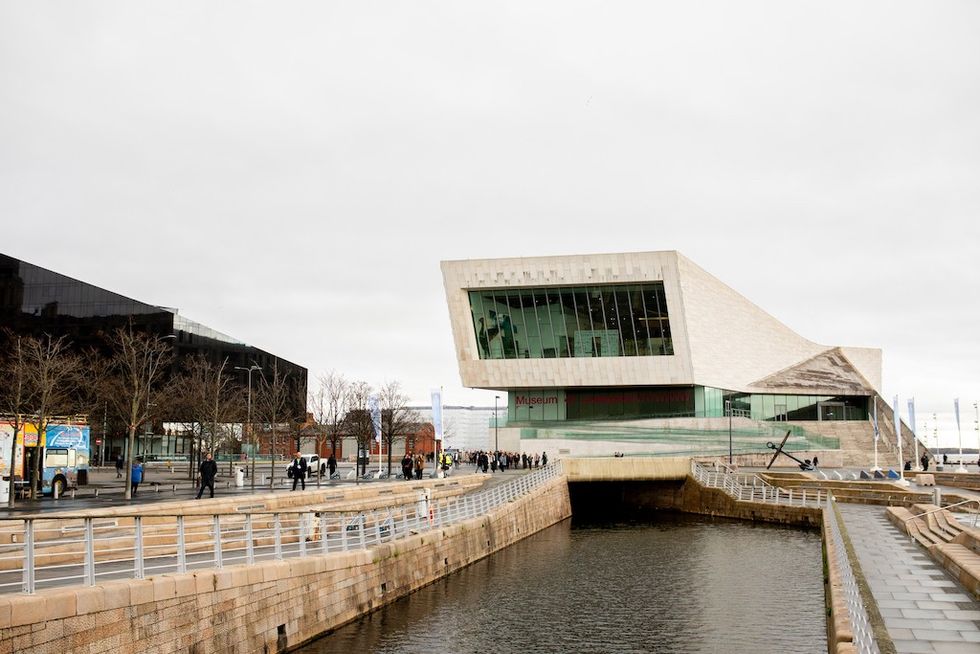 Liverpool Museum
Liverpool Museum





 Guests display a commemorative UN stamp sheet marking the 100th anniversary of the Palace Museum at the UN headquarters in New York, May 2025 (Xinhua)
Guests display a commemorative UN stamp sheet marking the 100th anniversary of the Palace Museum at the UN headquarters in New York, May 2025 (Xinhua)
